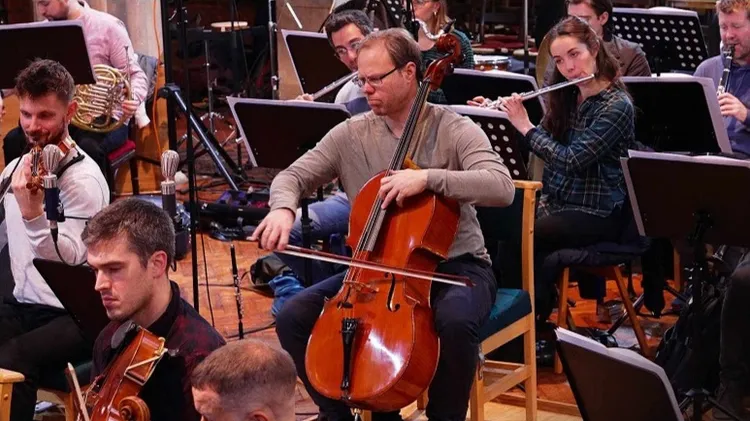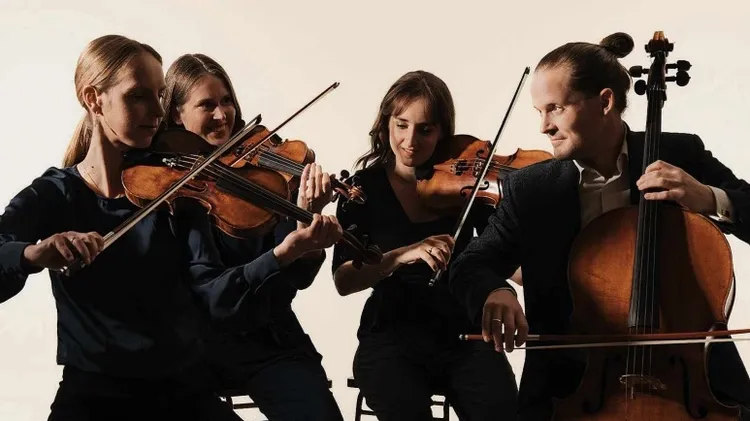Jo Talbot celebrates the ‘Mozart of the 19th c
Felix mendelssohn piano trio no. 1 in d minor
7 min read
This article is from...
Read this article and 8000+ more magazines and newspapers on Readly






